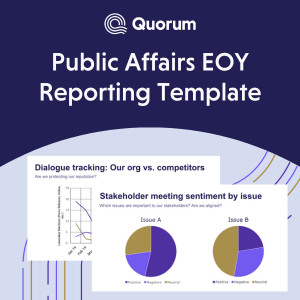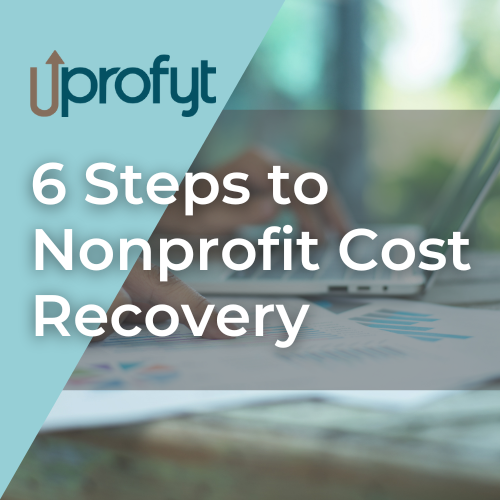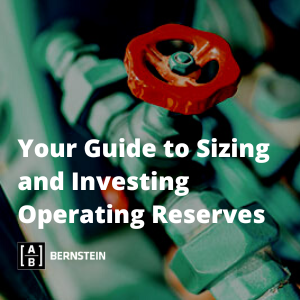
Tax-Reform Issues for Exempt Organizations: IRS Provides New Guidance on UBI Calculations
The tax reform signed into law in December 2017 will have a significant impact on tax-exempt organizations nationwide, substantially increasing the amount of income that may be subject to tax. It is important that organizations are acutely aware of the changes in the law and, more importantly, the changes in the amount of income that may be subject to tax. Planning for these changes now can help organizations mitigate the potential impact of the new law and help management prepare for the impact of increased tax liability, or even the impact of having to pay income taxes for the first time.
Issued by the Service on August 21, 2018, Notice 2018-67 (“Notice”) is the first significant guidance published for organizations impacted by the new tax law, and interprets and provides administrative guidance about new Internal Revenue Code (“Code”) § 512(a)(6). The following is a brief summary of the interpretations and guidance provided in the Notice that may be applicable to, and useful for, most exempt organizations impacted by section 512(a)(6).
Background
New Code § 512(a)(6) drastically changes the calculation of unrelated business taxable income (“UBTI”). Previously, exempt organizations with more than one line of unrelated trade or businesses were required to pay tax on the net unrelated business income (“UBI”) determined by deducting the aggregated amounts of income and expenses from all unrelated business activities. However, under section 512(a)(6), for each tax year beginning on or after January 1, 2018, exempt organizations with more than one trade or business are required to calculate the net UBI separately with respect to each trade or business.
As a result of this change, exempt organizations will no longer be allowed to net the losses of a single loss activity against the gains from other profitable business activities. Additionally, organization’s will no longer be allowed to use NOLs accumulated from significant loss activities to reduce the future income derived from other unrelated trades or businesses.
General Guidance for Identifying Each Unrelated Trade or Business
Throughout the Notice, the Service repeatedly acknowledged the lack of appropriate guidance defining a single unrelated trade or business and the substantial burdens, on both exempt organizations and the Service, that would result from certain interpretations of Code § 512(a)(6). The Notice indicates that, pending the issuance of regulations interpreting section 512(a)(6), exempt organizations may rely on any “reasonable, good-faith interpretation of §§ 511 through 514, considering all of the facts and circumstances, when determining whether an exempt organization has more than one unrelated trade or business for purposes of § 512(a)(6).”
It is significant that the Notice specifically provides that organization’s “may rely” on any reasonable interpretation made in good faith. By repeatedly focusing on the ability of exempt organizations to rely upon their own reasonable interpretations, the Notice is essentially providing a safe harbor from any adverse decision regarding Code § 512(a)(6) to every exempt organization that merely undertakes the effort to determine whether they are engaged in multiple unrelated trades or businesses and, as such, are subject to the provisions of section 512(a)(6). Read here for more detail on what the IRS will consider a basis for a “reasonable, good-faith interpretation.”
Specific Guidance
In addition to the general guidance pertaining to whether an exempt organization is engaged in more than one unrelated trade or business, the Notice provides guidance for specific situations that present unique factors or are potentially overburdensome, including (a) the use of NOLs; (b) partnership income; and (c) fringe benefits characterized as UBI pursuant to section 512(a)(7). Read here for more detail on the specific guidance for these situations.
Next Steps
Notice 2018-67 is very important to exempt organizations preparing themselves for the impact of the recent tax reform. The greatest significance of the Notice is that it essentially provides a safe harbor to all organization’s that undertake the effort to make a “reasonable, good-faith” determination as to whether they are engaged in more than one unrelated trade or business, allowing organizations to rely on such internal determinations until the Service publishes proposed regulations. The protection that this affords organizations in light of the uncertainty of Code § 512(a)(6) is significant, and the benefit of such protections definitely will outweigh the time and resources required to develop such a reasonable, good faith basis for an organization’s positions. It is strongly advised that exempt organizations impacted by section 512(a)(6) take the steps necessary to avail themselves of the safe harbor that the Service has created.
For more information on GKG Law’s Association Practice Group’s tax specific practice and our capabilities as related to your organization’s needs, please contact Matt Journy at mjourny@gkglaw.com.
Tax issues are just one aspect of important financial processes for nonprofit organizations. It’s not too late to get a full intensive at this year’s Nonprofit Finance & Account Summit taking place on September 12th-13th in Washington D.C. This annual conference gives your nonprofit’s finance team a chance to learn from industry experts about what changes are coming down the pipeline and which strategies can help you excel. Register today!


